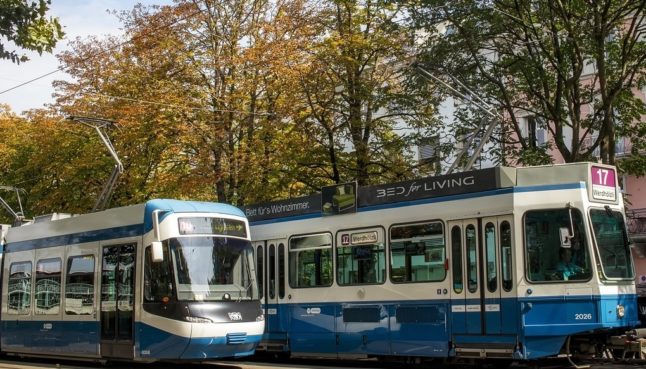While some consumer goods and services will actually become slightly cheaper in 2024 (read more about this below), the cost of most will, unfortunately, go up.
The primary reasons for this hike are increased prices of health insurance premiums, electricity, and rents.
But the hikes will not be uniform across Switzerland. They will vary by canton and community, because the costs of all three services mentioned above are different depending on your place of residence.
Watson news platform has calculated the increases you can expect in your region based on official data.
This is how much you will pay each month in your canton or commune
Zurich
On average, you will pay 8.15 francs more for electricity, 191.40 more for rent, and 29.1 for health insurance.
That means your monthly bill for just these services will be 227.66 francs more in 2024.
These are averages in the city of Zurich. If you live in nearby communities, your increases will slightly lower.
Geneva
Your average electricity bill will go up by 15.13 francs, rent by 87.27, and health insurance premium by 46.1.
Total monthly increase: 148.51 francs.
Basel-City
Electricity will increase by 8.04 francs a month, rent by 78.38, and healthcare premiums by 30.1, for the grand total of 116.52 a month.
Vaud
This canton is divided into numerous tariff areas, so let’s look at its capital Lausanne, where most foreign residents live.
Electricity rate will increase by 15.19 francs, rents by 39.2, and health insurance by 39.4.
The total monthly increase will add up to 93.79 francs.
Other price hikes
The above increases were calculated only for the electricity, rents, and health insurance rates.
But expect to pay more for public transportation as well.
From December 10th, when the new train timetable kicks off in Switzerland, the new (higher) tariffs will go into effect as well.
For the first time in seven years, the price of GA Travelcards — annual subscriptions that give commuters access to Swiss public railways, post buses, public boat services, as well as the urban local transport in buses and trams — will increase by about 4.3 percent.
READ ALSO: How the Swiss Travelcard will get more expensive
Is there good news, in terms of prices, as well?
There is.
Swiss consumers will pay less for heating oil, fruits, and vegetables; other products could become cheaper as well.
If you like travelling, you will be glad to know that hotel prices, as well as those of international package holidays will also be less expensive.
Last but not least, a new law that comes in to force on January 1st, 2024, will lower the price of some imported merchandise sold in Switzerland.
From that date, import duties on almost all industrial products will be abolished, which means that goods such as bicycles, cars, household appliances, clothing, and footwear will no longer be subject to customs duties when imported into Switzerland.
Consequently, their prices will drop.
READ ALSO : What will be cheaper and more expensive in Switzerland in 2024?



 Please whitelist us to continue reading.
Please whitelist us to continue reading.
Member comments